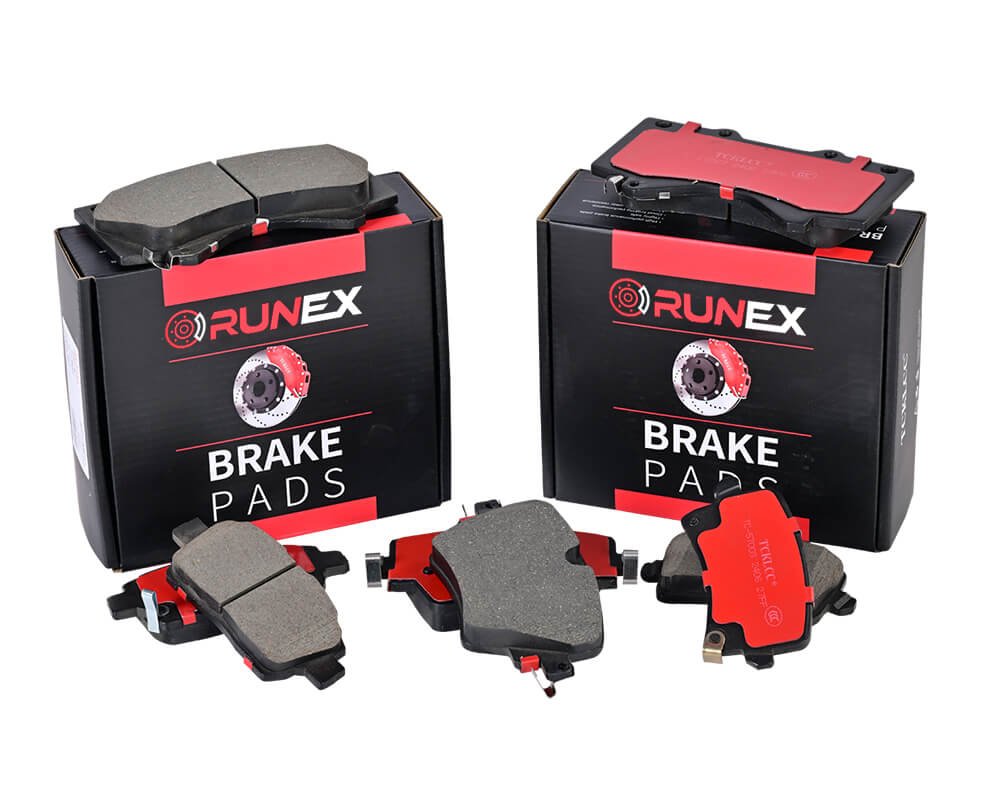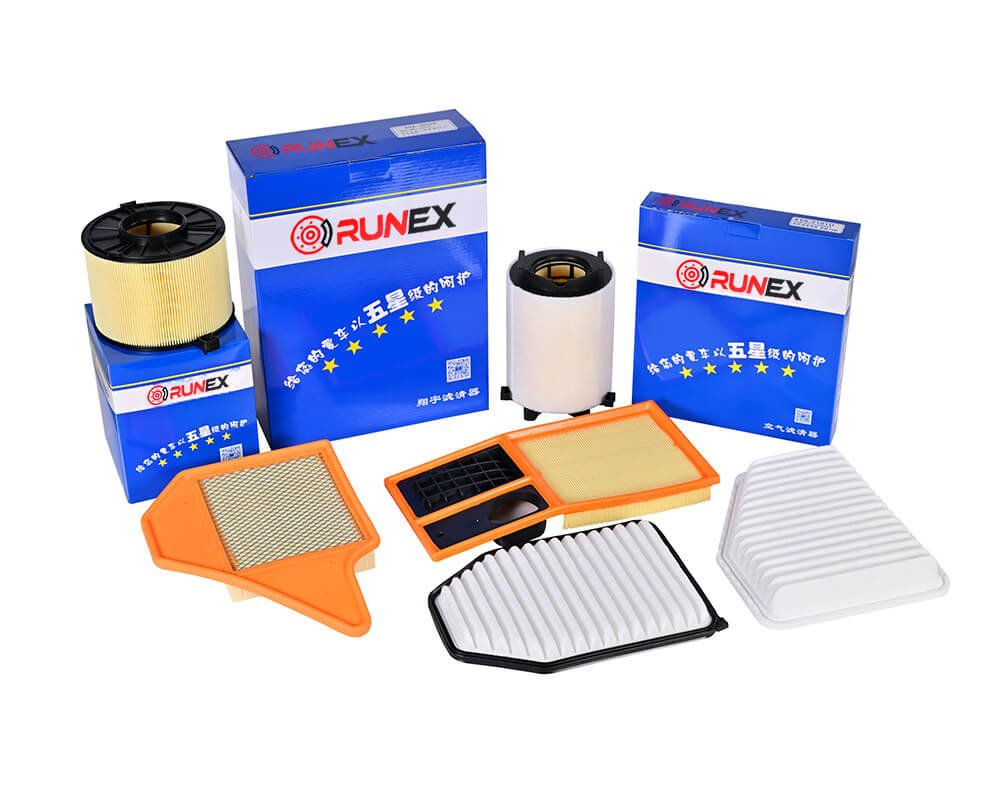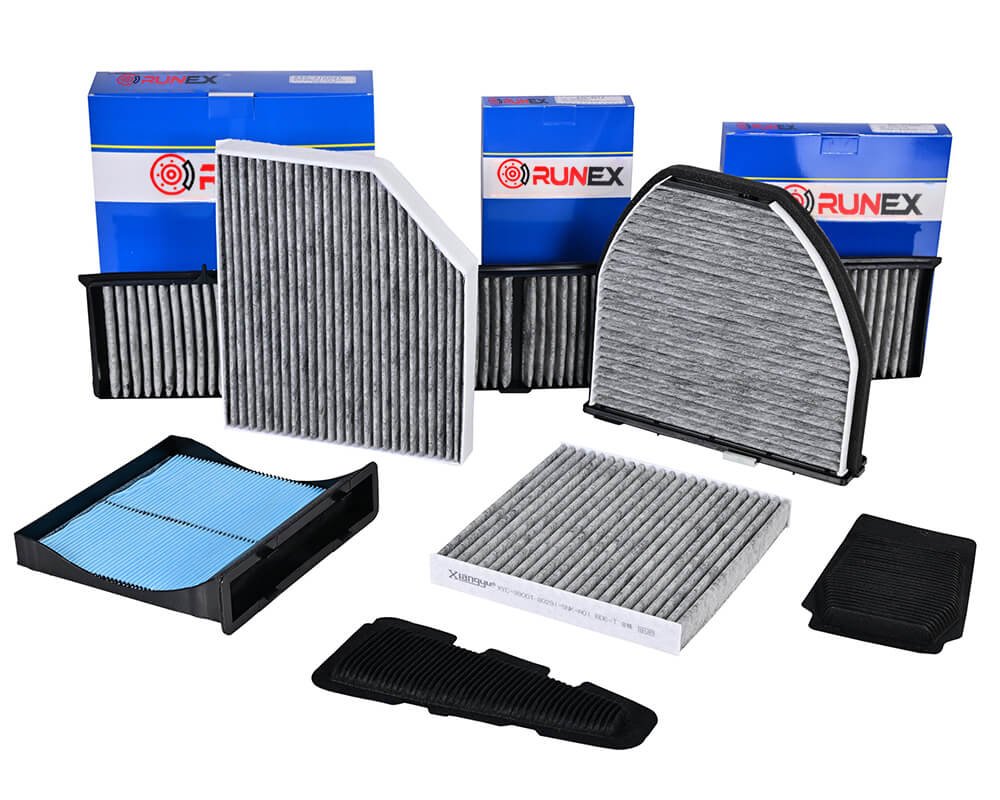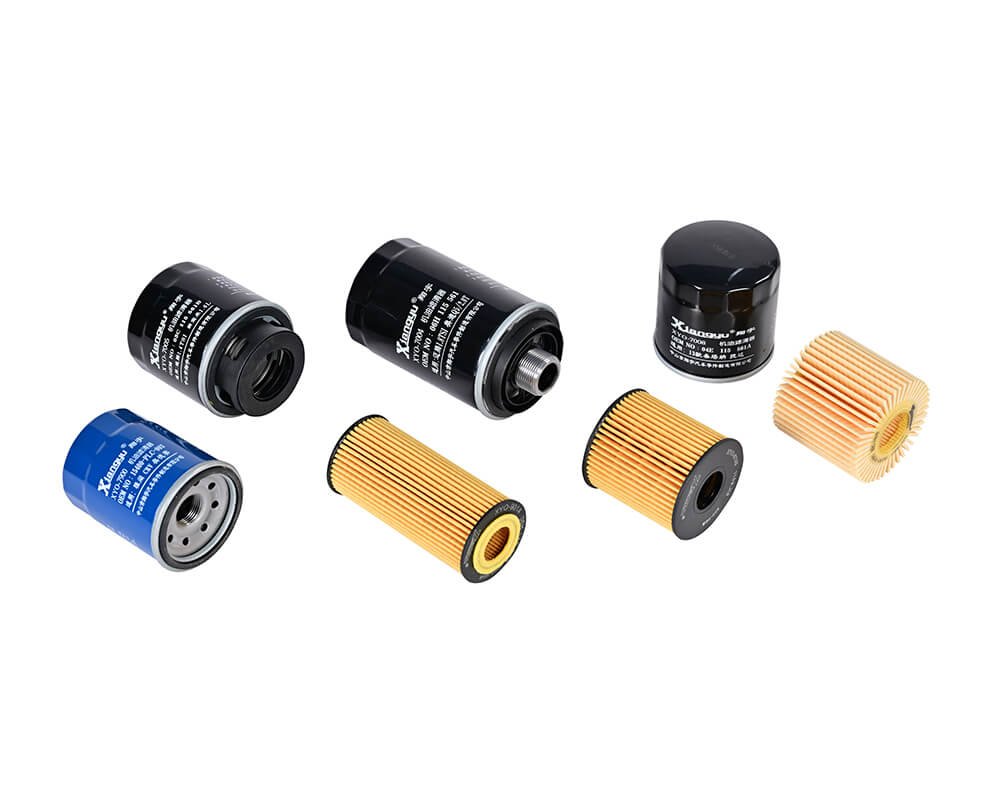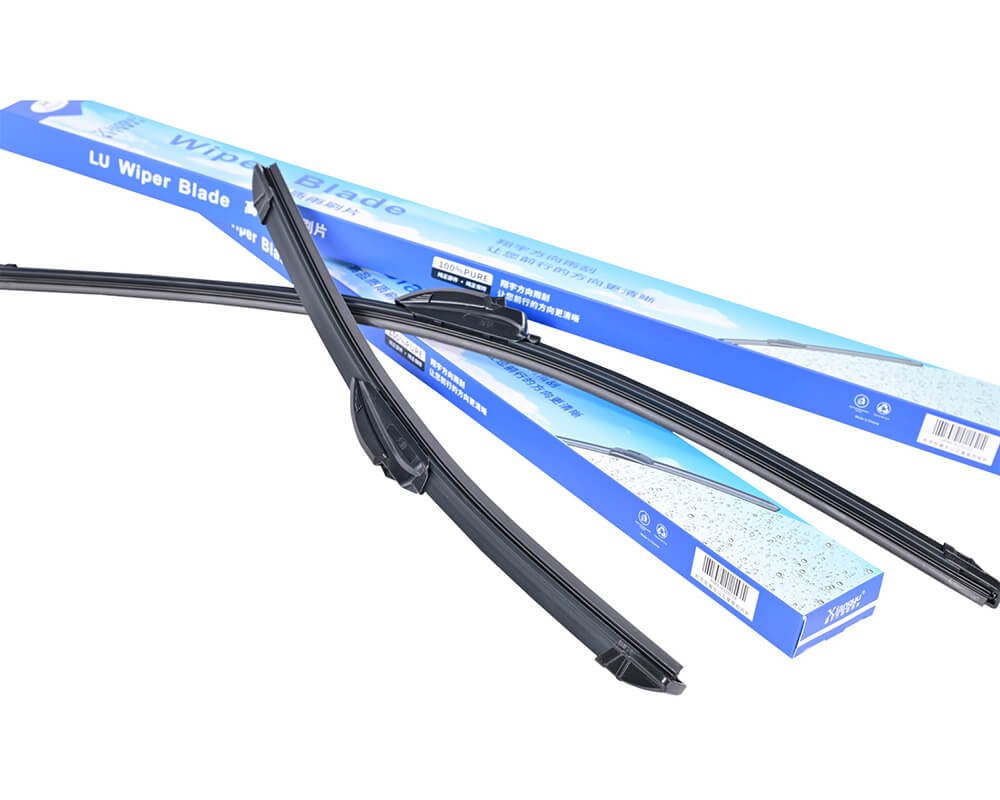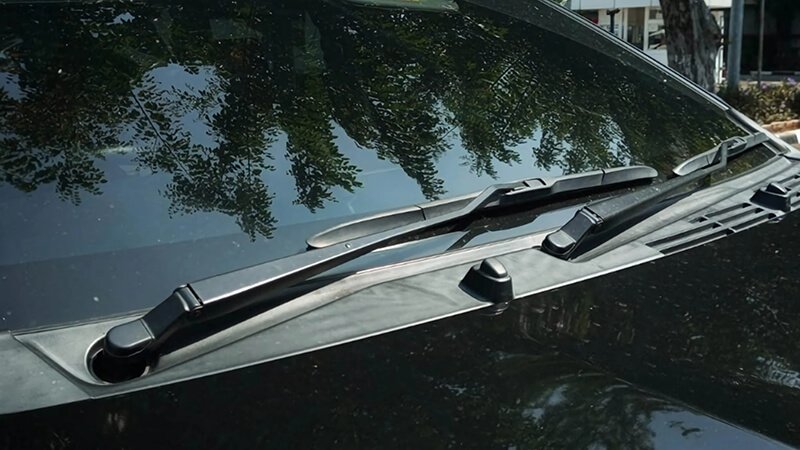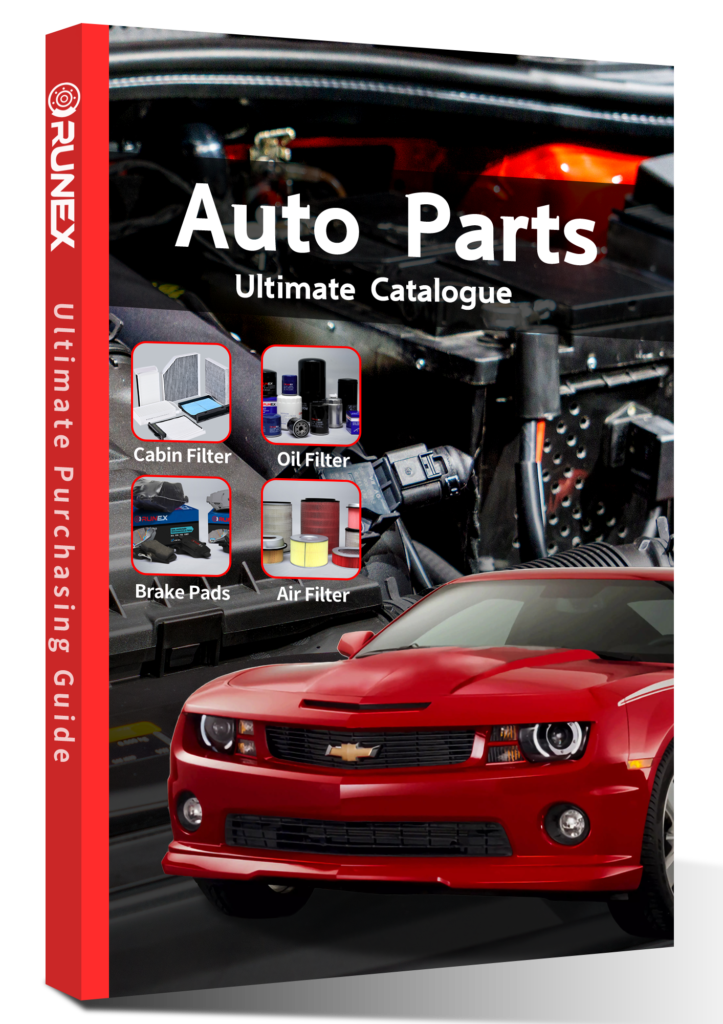When it comes to vehicle safety, the braking system is crucial. But what exactly are the key components that make up a car's brake system? Let’s explore the main brake parts in detail and understand their function.
The brake system of a car consists of several key components that work together to ensure safety and performance. These parts include the brake pads, rotors, calipers, master cylinder, and more. Understanding these parts will give you insight into how your car’s braking system functions and why each component is essential.
With a basic understanding of the importance of the braking system, let's break down the key components that make up a car’s brake system. This will help you understand how each part contributes to the overall functioning of the brakes.

What are the main parts of the brake system?
A car’s brake system is a complex network of parts, all working together to stop the vehicle safely. From the brake pedal to the brake pads1, each component plays an essential role in ensuring the vehicle comes to a halt when necessary. Let's take a closer look at these parts.
The main parts of a car's brake system include the brake pads2, brake discs3, calipers4, master cylinder5, brake fluid6, and brake lines7. Each part has a unique function, and all must work together to provide reliable braking performance.
The brake system is made up of several key components, and each one is crucial to the proper functioning of the entire system. Let's go through each part and examine its role.
-
Brake Pads: These are the friction materials that press against the brake rotor to create the stopping force. The friction between the pads and the rotor slows down the wheels. Over time, brake pads wear out and need to be replaced.
Brake pads come in various types, including:
- Organic Brake Pads: Made from materials like rubber, carbon, and Kevlar. These are quieter but wear out faster.
- Semi-Metallic Brake Pads: Contain metal shavings for better durability but can be noisier.
- Ceramic Brake Pads: Offer superior performance with less noise and dust, but are more expensive.
-
Brake Rotors/Discs: These are the flat, round metal discs that the brake pads clamp down on. Rotors are typically made of steel or cast iron. As the brake pads press against the rotors, friction is created, which causes the wheels to slow down and stop. Rotors are designed to absorb heat and prevent warping.
Types of Brake Rotors:
- Solid Rotors: Common in standard vehicles, made of a single piece of material.
- Vented Rotors: Designed with internal vents to improve heat dissipation.
- Slotted Rotors: Have grooves to help remove dust and gases that accumulate during braking.
- Drilled Rotors: Feature holes to increase airflow and cooling.
-
Brake Calipers: The calipers are the components that house the brake pads. When you press the brake pedal, the calipers push the pads against the rotors, creating the friction needed to slow down the car. Calipers come in two main types: floating and fixed.
- Floating Calipers: These move slightly and apply pressure to the brake pads from one side of the rotor.
- Fixed Calipers: These have pistons on both sides of the rotor, applying force evenly.
-
Master Cylinder: This is the part that converts the force from your foot on the brake pedal into hydraulic pressure. It sends brake fluid to the brake lines, which then transmits the pressure to the brake pads and rotors. Without the master cylinder, the system would not function.
-
Brake Fluid: Brake fluid is a hydraulic fluid that allows the master cylinder to transfer pressure to the brake system. The brake fluid must be at the right level to ensure the system functions properly. Low or old brake fluid can affect braking performance.
Common Types of Brake Fluid:
- DOT Fluid: The most commonly used brake fluid, with different subtypes (DOT3, DOT4, DOT5, etc.).
- Mineral Oil: Used by some manufacturers for its stability and non-corrosive nature.
-
Brake Lines: These are the pipes or hoses that transport the brake fluid from the master cylinder to the calipers. The brake lines ensure that hydraulic pressure is delivered evenly across the system.
| Component | Role/Function | Material |
|---|---|---|
| Brake Pads | Create friction to stop the vehicle | Organic, semi-metallic, ceramic |
| Brake Rotors | Provide the surface for the brake pads to press against | Steel, cast iron, carbon |
| Brake Calipers | Apply pressure to the brake pads | Cast iron, aluminum |
| Master Cylinder | Converts foot pressure into hydraulic pressure | Aluminum, steel |
| Brake Fluid | Transmits hydraulic pressure to brake components | Glycol-based, mineral oil |
| Brake Lines | Transport brake fluid to the brake system | Steel, rubber, braided steel |

What are the main brakes of a car?
When talking about car brakes, it’s important to distinguish between the different types. What exactly are the main brakes of a car, and how do they differ? Let's explore the most common types of brakes used in vehicles.
The main brakes of a car typically refer to the disc brakes8 and drum brakes9, both of which are essential for stopping the vehicle. Disc brakes are more commonly used in modern cars, but drum brakes can still be found in some vehicles.
The two most common types of brakes found in modern cars are disc brakes10 and drum brakes. Both are designed to slow down and stop the car, but they function in different ways.
-
Disc Brakes: These are the most common type of brake in modern vehicles. They consist of a brake rotor (the disc), brake pads, and a caliper. The disc is attached to the wheel and spins with it. When the brake pedal is pressed, the caliper pushes the brake pads against the rotor, creating friction that slows the vehicle down. Disc brakes are more efficient at dissipating heat, which makes them better suited for high-performance vehicles and those that undergo frequent braking.
Advantages of Disc Brakes:
- Better heat dissipation.
- More reliable in wet and muddy conditions.
- Less prone to fading (a decrease in stopping power due to heat buildup).
-
Drum Brakes: Drum brakes are older technology, but they are still used in some vehicles, especially on the rear wheels. A drum brake consists of a rotating drum, brake shoes, and a wheel cylinder. When the brake pedal is pressed, the wheel cylinder pushes the brake shoes against the drum, creating friction. While drum brakes are cheaper and simpler, they are less efficient than disc brakes and tend to overheat more easily.
Advantages of Drum Brakes:
- Lower cost and simpler design.
- Better for rear axles in smaller vehicles.
Comparison of Disc and Drum Brakes:
| Feature | Disc Brakes | Drum Brakes |
|---|---|---|
| Heat Dissipation | Better heat dissipation | Prone to overheating |
| Maintenance | Easier to maintain | More difficult to maintain |
| Performance | Higher stopping power | Lower stopping power |
| Cost | More expensive | Less expensive |

What are the brake parts of a car called?
When you look under the hood of a car, it can be a bit overwhelming to identify all the brake components. So, what are the main brake parts of a car called? Let’s break down the names of the most important brake system parts.
The main brake parts of a car are called brake pads, rotors, calipers, master cylinders, brake fluid, and brake lines. Each part has a specific function that works together to bring the vehicle to a safe stop.
Each part of the braking system is critical to its overall performance. Let's identify the main parts and explain their roles in more detail:
-
Brake Pads: Also known as friction pads, these are the components that press against the brake rotors to create friction. They are made from friction materials that wear down over time and need to be replaced periodically.
-
Brake Rotors (Discs): These are the flat, circular components that the brake pads grip to create friction. The rotors are designed to withstand high temperatures and pressure during braking.
-
Brake Calipers: The calipers are the components that hold the brake pads. They apply pressure to the brake pads when the brake pedal is pressed, causing the pads to clamp down on the rotors and slow the vehicle.
-
Master Cylinder: The master cylinder is the heart of the hydraulic brake system. It converts the mechanical force from the brake pedal into hydraulic pressure, which is then transferred to the brake pads through brake fluid.
-
Brake Fluid: Brake fluid is the medium that transfers pressure from the master cylinder to the brake components. It needs to be kept at the proper level and replaced regularly to ensure proper brake performance.
-
Brake Lines: These are the pipes that carry brake fluid from the master cylinder to the brake calipers. The lines must be maintained to prevent leaks, which can affect braking performance.
Overview of the Brake Parts:
| Part | Function | Importance |
|---|---|---|
| Brake Pads | Press against the rotor to create friction. | Key to stopping power. |
| Brake Rotor (Disc) | Rotates with the wheel, providing a surface for the pads to clamp. | Essential for friction and heat dissipation. |
| Brake Caliper | Houses the pads and applies pressure to them. | Directly responsible for applying braking force. |
| Master Cylinder | Converts foot pressure into hydraulic pressure. | Vital for transmitting force to the braking components. |
| Brake Fluid | Transmits hydraulic pressure to brake components. | Ensures proper braking operation. |
| Brake Lines | Transport brake fluid to the brake system. | Key for hydraulic pressure transfer. |

What are the 3 main parts of the disc brake system at the wheel?
Disc brakes are a popular choice for many modern vehicles due to their performance and reliability. But what are the main parts of a disc brake system at the wheel? Let's break them down.
The three main parts of the disc brake system at the wheel are the brake pads, brake rotor, and brake caliper. These parts work together to create the friction needed to stop the vehicle.
The disc brake system is made up of three key parts that are essential for its function. Here’s a closer look at each component:
-
Brake Pads: These are the components that press against the brake rotors to create the necessary friction to stop the vehicle. Brake pads are typically made of materials like semi-metallic or ceramic that can withstand the heat generated during braking.
-
Brake Rotor (Disc): The brake rotor is the circular metal component that spins with the wheel. When the brake pads clamp down on the rotor, friction is created, which slows the wheel down. The rotor is designed to dissipate heat generated during braking to prevent overheating.
-
Brake Caliper: The brake caliper houses the brake pads and applies pressure to them when the brake pedal is pressed. The caliper is responsible for forcing the brake pads against the brake rotor, which results in friction and slows the vehicle.
Together, these three components form the heart of the disc brake system. Their coordinated operation ensures that the car stops safely and efficiently.
Disc Brake Components Summary:
| Part | Function | Importance |
|---|---|---|
| Brake Pads | Press against the rotor to create friction. | Key to stopping power. |
| Brake Rotor (Disc) | Rotates with the wheel, providing a surface for the pads to clamp. | Essential for friction and heat dissipation. |
| Brake Caliper | Houses the pads and applies pressure to them. | Directly responsible for applying braking force. |

Conclusion
In conclusion, the braking system of a car consists of several essential parts that work together to ensure safe and efficient braking. Understanding these components—brake pads, rotors, calipers, master cylinder, brake fluid, and lines—can help you maintain your vehicle’s safety and performance. By knowing what each part does, you can make more informed decisions about brake maintenance and repairs.
If you want OEM brake pads, come to reach out to us11.
-
Provides details on the role of brake pads in stopping a vehicle and their types. ↩
-
Explains the different types of brake pads and their specific uses. ↩
-
Offers insight into brake discs and their role in vehicle safety. ↩
-
Provides information on brake calipers and how they help in the braking process. ↩
-
Explains the function and importance of the master cylinder in braking. ↩
-
Gives an overview of brake fluid types and their importance in the braking system. ↩
-
Details the function and importance of brake lines in transmitting brake fluid pressure. ↩
-
Explains the functionality and advantages of disc brakes in modern vehicles. ↩
-
Details the differences between drum and disc brakes and their specific applications. ↩
-
Provides insights on why disc brakes perform better in terms of heat dissipation and braking efficiency. ↩
-
Know more details about OEM Brake Pads from Runex Auto. ↩



